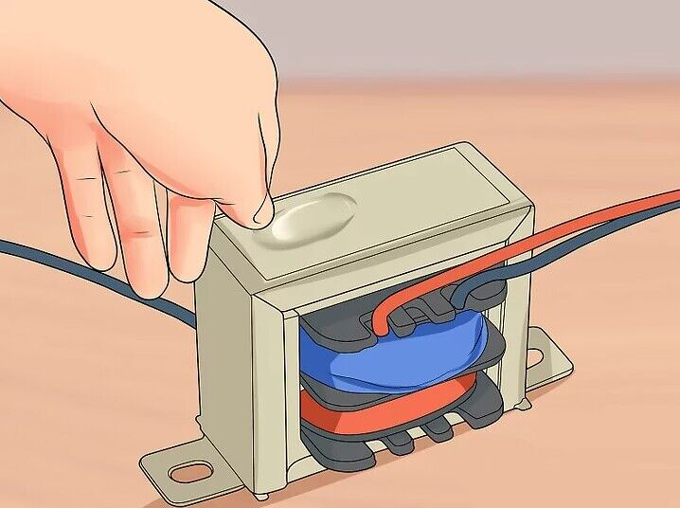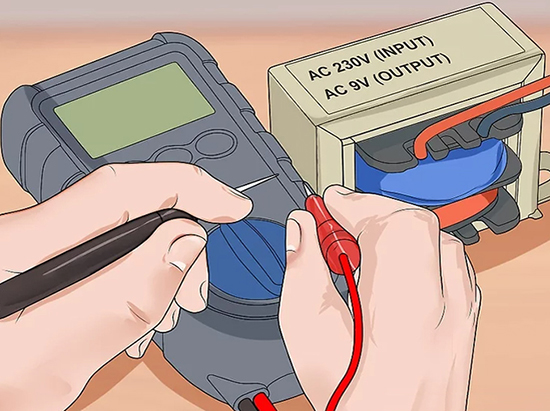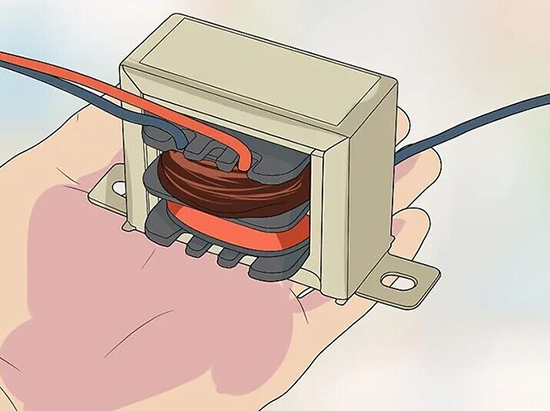Transformer Test
The power transformer is the core of the power system in the power industry. The key to the safe operation of the power system is that the transformer is not damaged, so it is essential to test the transformer regularly. In the daily maintenance work of transformer, it is necessary to monitor the running condition of step up down transformer in real time, especially in overload operation, but also to shorten the monitoring cycle.
A transformer is an electrical element that transmits electrical energy between at least two circuits. The transformer regulates the voltage in the circuit, but in some cases, these may cause the circuit to fail to work. You need to determine the key information about the ATO transformer, such as whether it has suffered visible damage, and what its input and output are.
Identifying Key Information of Step Up and Down Transformer

- Visually inspect the transformer. Overheating will cause the internal wiring of transformer to operate under high temperature, which is a common cause of transformer failure. This usually results in physical deformation of the transformer or its surrounding area.
- Determine the wiring of the transformer. The wiring on the transformer shall be clearly marked. However, it is better to obtain the circuit schematic diagram containing the transformer to determine how it is connected.
- Identify transformer inputs and outputs. The first circuit will be connected to the primary circuit of the transformer. This is its electrical input. The second circuit that receives power from the transformer is connected to the transformer secondary or output.
- Determine the output filtering. It is common to attach capacitors and diodes to the transformer secondary to convert the AC power from the output to DC power.
Testing a Step Up and Down Transformer with a Digital Multimeter

- Prepare to measure the circuit voltage. Cut off the power supply of the circuit. Remove the cover and panel as necessary to access the circuit containing the transformer. Prepare a digital multimeter (DMM) to record the voltage reading. (Generally, you'll need to attach the leads of your digital multimeter to the input lines to verify that the primary of the transformer is not shorted. The same process will be used to check the transformer secondary.)
- Confirm the correct input of the transformer. Apply power to the circuitry. Using digital multimeter to measure the transformer once in AC mode. If the measured voltage is less than 80% of the expected voltage, the fault may be in the transformer or the circuit supplying the primary power supply.
- Measure the secondary output of the transformer. If there is no filtering or shaping being performed by the secondary circuitry, use the AC mode of the digital multimeter to read its output. If there is a DC scale, please use the DC scale of digital multimeter.
Troubleshooting Your Step Up and Down Transformer

- Understand the root of the problem. A step up and down transformer fault is usually a symptom of another fault somewhere in the circuit. Transformers generally have a long life and seldom burn themselves out, such as toroidal power transformer.
- Observe replaced transformer. If the problem causing the transformer short circuit comes from other parts of the circuit, the transformer is likely to burn out again. After replacing the transformer, observe it to ensure that this does not happen. If so, additional tests need to be performed.
- Verify the condition of external fuses. If your step up and step down transformer has an internal fuse, there may be no fuse on the line to the transformer. Otherwise, there should be fuses on the power supply line of the transformer. Check to ensure that these are in good condition, and replace any that cannot work properly.
- Remove inputs and outputs to determine the source of the failure. For linear fuses, you have only one input and output. In this case, the problem comes from either the input circuit or the output circuit. For more complex fuses, remove the input and output of the step up and down transformer one by one to determine which component of the whole circuit causes the short circuit.
